35 Brands You May Not Realize Are Owned by Public Companies
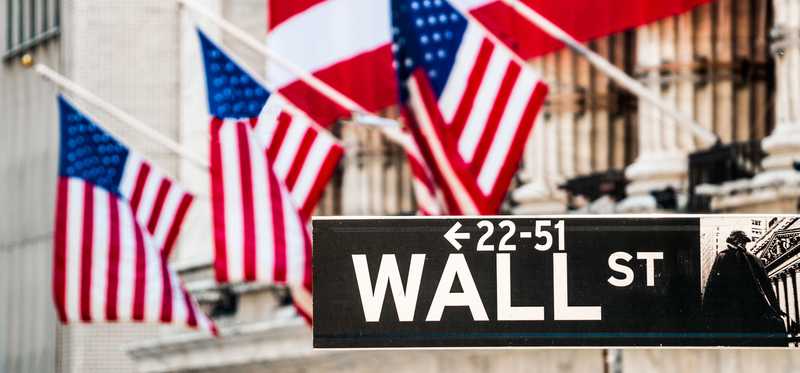
35 Brands You May Not Realize Are Owned by Public Companies
Not all public companies are well known
There are a lot of well-known public companies. For example, even rookie investors know that you can buy shares of companies like Amazon.com (NASDAQ: AMZN) and Microsoft (NASDAQ: MSFT). However, some of your favorite products might be produced by publicly traded companies and you didn't even realize it.
Previous
Next
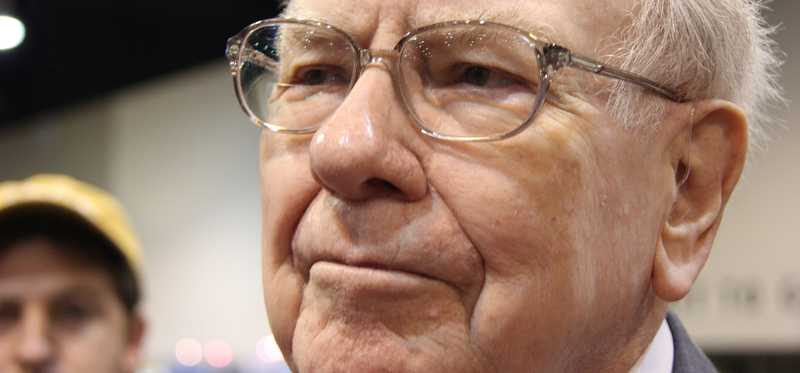
1. Duracell (Berkshire Hathaway)
Duracell was founded in the 1920s, although the brand name didn't exist until 1964. Duracell became a stand-alone public company in 1989, and was subsequently acquired by Gillette in 1996, which became a part of Procter & Gamble (NYSE: PG) in 2005.
As part of Procter & Gamble's restructuring plan in 2014, the company sold the brand to Warren Buffett-led Berkshire Hathaway (NYSE: BRK-A) (NYSE: BRK-B) in exchange for $4.7 billion of Procter & Gamble stock owned by Berkshire.
Previous
Next
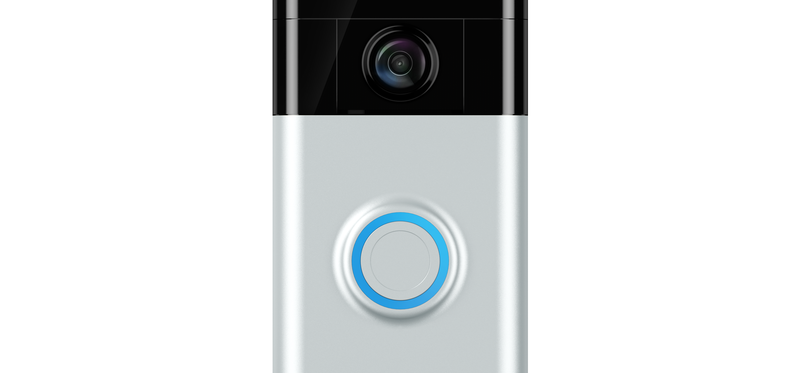
2. Ring (Amazon)
The rapid advancement in video technologies over the past few years has dramatically changed the home security business, and there's no brand that exemplifies this more than Ring. The company's video doorbells and other accessories have made it possible for homeowners to get live looks at their properties, speak to people outside of their home, and record video of motion on their property.
Ring was founded in 2013 by Jamie Siminoff, and received several high-profile early investments, including one from Shaquille O'Neal, who became the company's spokesperson in its advertisements. The company became wildly successful, and Amazon decided to acquire Ring in 2018 for an undisclosed sum (reported to be $1.2-$1.8 billion).
Previous
Next
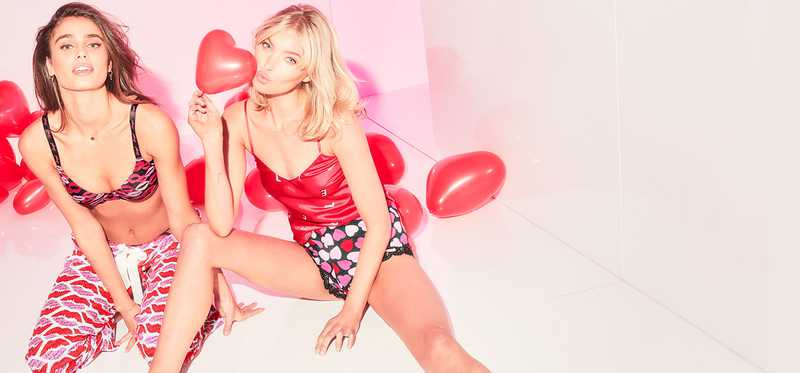
3. Victoria's Secret (L Brands)
The acquisition of Victoria's Secret by L Brands (NYSE: LB) was one of the biggest bargains in corporate history. L Brands (known as The Limited at the time) bought the brand from founder Roy Raymond in 1982 for just $1 million. Today, Victoria's Secret has more than 1,000 locations and is the flagship brand of its parent company, which has a market capitalization of more than $5 billion.
Previous
Next
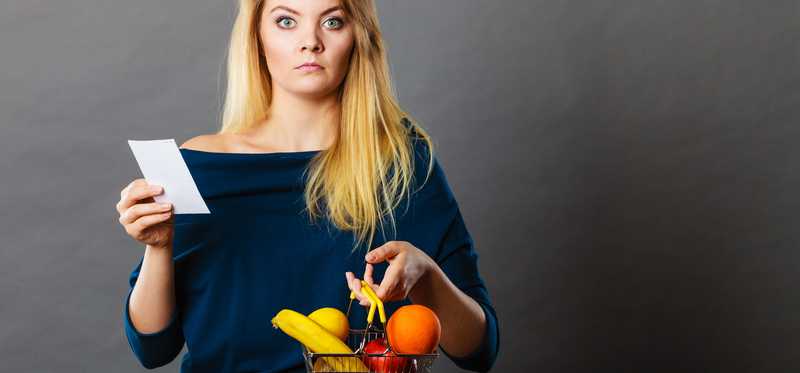
4. Naked Juice (Pepsi)
The Naked Juice Company was founded in 1983, and rapidly grew in popularity during the 2000s. In the mid-2000s, Naked Juice had reached $150 million in annual sales, and in 2006 was acquired by PepsiCo (NYSE: PEP) for an undisclosed amount.
Previous
Next
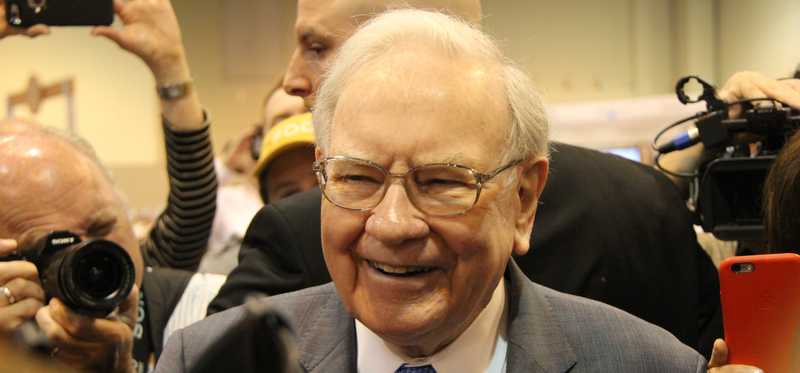
5. Dairy Queen (Berkshire Hathaway)
One of the oldest and most successful fast food brands in the United States, Dairy Queen was founded in Illinois in 1940 and has since grown into an empire of about 6,800 locations globally. In 1987, Dairy Queen acquired Orange Julius, which remains a subsidiary of the company, and Dairy Queen itself was acquired by Warren Buffett-led Berkshire Hathaway in 1998.
ALSO READ: What Famous Brands Does Berkshire Hathaway Fully Own?
Previous
Next

6. HBO (AT&T)
The oldest pay-TV service that is still in operation today, HBO started broadcasting in 1972. It became part of the Time Warner family after the 1989 merger of Warner Communications and Time, Inc.
AT&T (NYSE: T) acquired Time Warner and all of its assets in 2018, including HBO. In addition to HBO, the AT&T empire consists of TBS, CNN, DC Entertainment, Warner Bros., New Line Cinema, DirecTV, as well as its wireless service that carries its own brand name.
Previous
Next
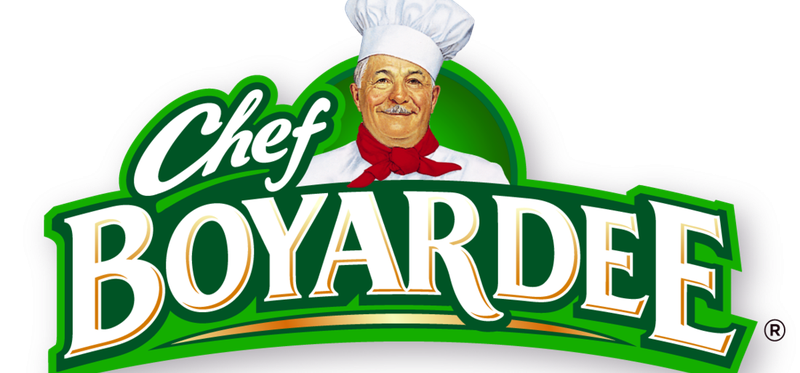
7. Chef Boyardee (ConAgra Brands)
Despite the popular misconception, Chef Boyardee was an actual person. Italian immigrant and former Plaza Hotel head chef Hector Boiardi founded the company in 1938, spelling his name phonetically in order to make it easier for Americans to pronounce.
After World War II, during which the company produced army rations, Chef Boyardee was sold to American Home Products. The company's food division was purchased by ConAgra Brands (NYSE: CAG), who continues to produce the products.
Previous
Next
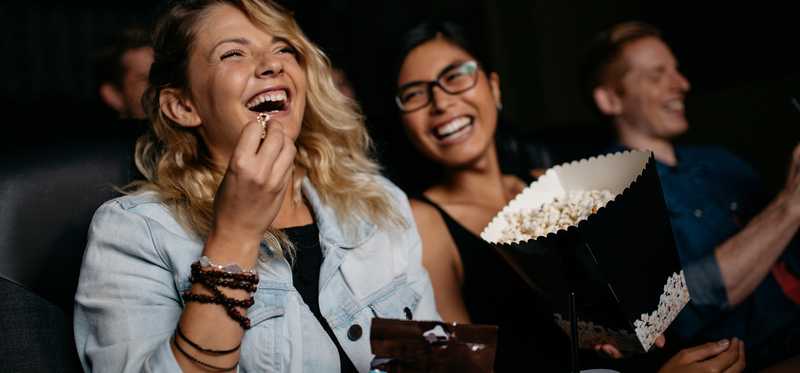
8. Fandango (Comcast and AT&T)
When I was a teenager in the 1990s, my worst memories of going to the movies on a weekend are the insanely long lines we had to stand in. To help solve this consumer pain point, Fandango was founded in 2000 as a way for people to buy movie tickets online, print them at home, and skip the lines at the theater.
Fandango was acquired by Comcast (NASDAQ: CMCSA) in 2007, later trading a minority stake to Time Warner in exchange for Rotten Tomatoes and Flixster. AT&T acquired a 25% stake in the company through its acquisition of Time Warner in 2018.
Previous
Next
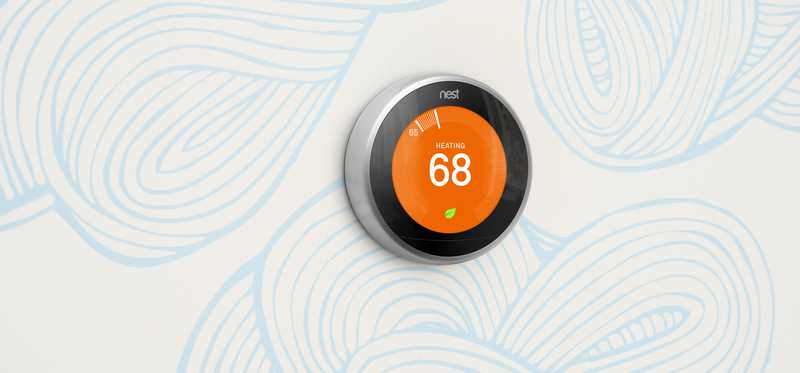
9. Nest (Alphabet)
Smart home product brand Nest is well-known for its thermostats, as well as its do-it-yourself security systems. What isn't well-known, however, is that Nest Labs was acquired by Alphabet (NASDAQ: GOOGL)(NASDAQ: GOOG), then known as Google, for $3.2 billion in 2014. Just recently, it was announced that the brand had officially changed its name to Google Nest.
Previous
Next

10. Folgers Coffee (J.M. Smucker)
One of the oldest brands still in operation, Folgers Coffee has been around since 1850, assuming the Folger name in 1872. The company remained privately owned by the Folger family until 1963, when the brand was acquired by Procter & Gamble -- if you're curious, that's when the apostrophe disappeared from the Folger's name. However, J.M. Smucker (NYSE: SJM) purchased the brand in 2008, and remains the owner to this date.
Previous
Next

11. Tinder (Match Group)
Popular dating app Tinder was launched in 2012 and grew in popularity at an extremely rapid pace. It is credited as being the first app that required the user to swipe their finger one way or the other to control what they see, a feature that is widely used today on many popular smartphone apps. By 2014, the Tinder app was seeing a billion "swipes" every single day. The parent company, Match Group (NASDAQ: MTCH), which also owns dating website Match.com and several other dating sites, went public in 2015.
Previous
Next

12. LinkedIn (Microsoft)
LinkedIn was launched in 2003 as a social network geared towards professional networking, and saw tremendous success, reaching a billion-dollar valuation by 2008. In 2011, LinkedIn competed its IPO and continued to grow rapidly. In an all-cash deal, LinkedIn was acquired by Microsoft for $26.2 billion in 2016, which remains the tech giant's largest acquisition to date.
Previous
Next
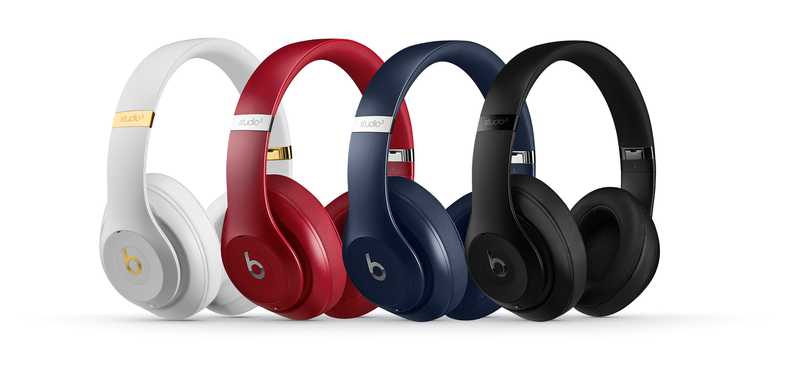
13. Beats (Apple)
The famous headphones brand founded by Dr. Dre and Interscope Records co-founder Jimmy Iovine was founded in 2006 and quickly became known for its quality. Thanks to several high-profile celebrity endorsements, Beats' products became wildly popular among young adults.
Mobile phone manufacturer HTC bought a 50.1% stake in Beats in 2010 for $309 million, which it ended up selling back to the company by 2013. The very next year, Apple (NASDAQ: AAPL) decided to acquire Beats in its entirety for $3 billion.
Previous
Next
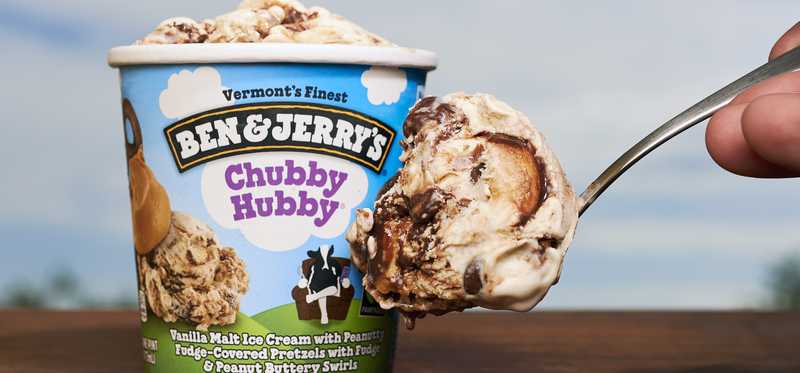
14. Ben & Jerry's (Unilever)
Iconic ice cream brand Ben & Jerry's was founded in Vermont in 1978 and remained an independent company for more than two decades. However, in 2000 the brand was sold to Unilever (NYSE: UL), but although it is one of more than 400 subsidiary brands, it still retains its identity and socially-conscious mission.
Previous
Next
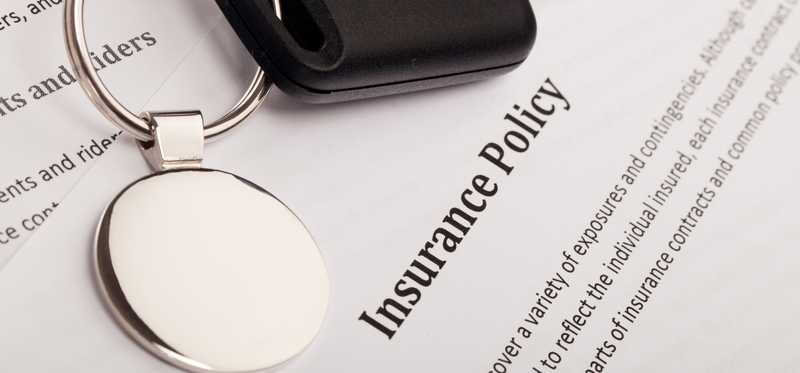
15. GEICO (Berkshire Hathaway)
We've all seen the GEICO auto insurance commercials, and I'd even go so far as to say that the GEICO gecko is the most recognizable ad campaign in the entire insurance business.
Berkshire Hathaway CEO Warren Buffett has been a fan of the insurance business for a long time. After many years of owning shares of the insurer while it was a stand-alone company, Buffett decided to acquire the entire company in 1996. To say that it has worked out favorably would be an understatement -- today, GEICO is the second-largest insurance company in the U.S.
Previous
Next
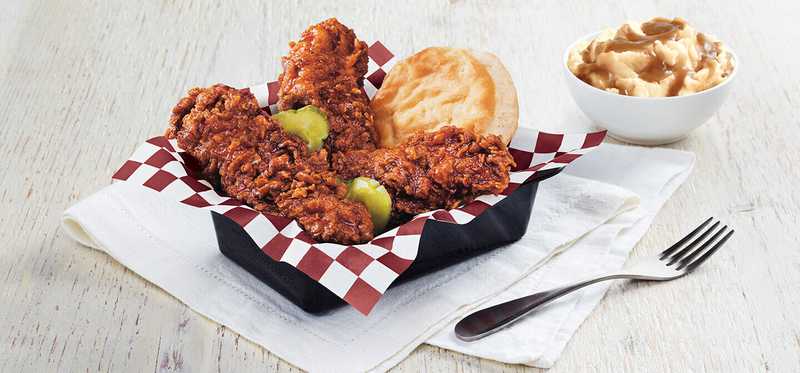
16. KFC (Yum! Brands)
Kentucky Fried Chicken, now officially known as KFC, is the second-largest restaurant chain in the entire world. At the end of 2018, the brand had over 22,600 locations in 136 countries.
Thirty-four years after the first location opened, Founder Harland Sanders sold the company in 1964 to a group of private investors for $2 million. It was later sold to food company Heublein, which later was acquired by tobacco giant R.J. Reynolds. The brand was subsequently sold to PepsiCo in 1986, and Pepsi spun off its entire restaurants division, which also includes Taco Bell and Pizza Hut, into a stand-alone company known as Yum! Brands (NYSE: YUM) today.
Previous
Next

17. Gerber (Nestle)
Gerber is unquestionably the best-known baby food brand in the world and has been around since before the Great Depression.
It might surprise you to learn that Gerber was at one point a subsidiary of pharmaceutical giant Novartis (NYSE: NVS), which acquired it through the merger of CIBA-Geigy with Sandoz Laboratories, which owned Gerber at the time. However, Novartis sold the Gerber brand to food conglomerate Nestle (OTC: NSRGY) in 2007 for $5.5 billion.
Previous
Next
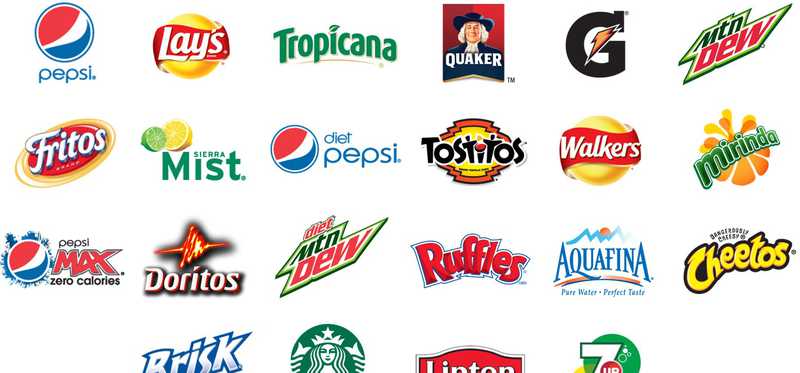
18. Doritos (Pepsi)
Doritos tortilla chip snacks are one of the most recognizable food brands in the world, but many people don't realize that its parent company is actually beverage giant PepsiCo. Doritos' parent company, Frito-Lay, has been a subsidiary of Pepsi since shortly after the snack food was first introduced in the 1960s.
Previous
Next
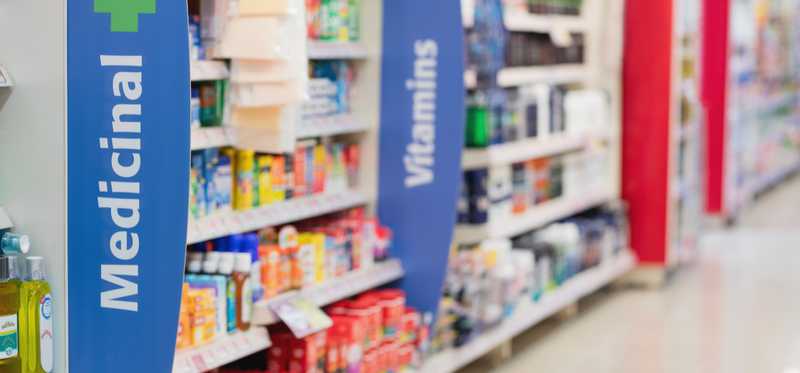
19. Tylenol (Johnson & Johnson)
Healthcare giant Johnson & Johnson (NYSE: JNJ) makes the bulk of its money from prescription drugs and medical devices, but is best known for its consumer brands. Just to name a few, the company's Johnson's baby products, Neutrogena beauty products, and Acuvue contact lenses are among the leaders in their respective categories.
However, Johnson & Johnson's most recognizable brand name might be its Tylenol pain relief line of medications, which it has owned since 1959.
Previous
Next
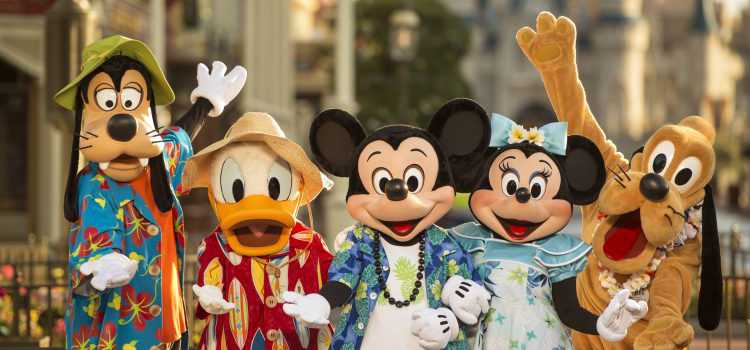
20. ESPN (Disney)
The Walt Disney Company (NYSE: DIS) is much more than its movies and theme parks these days. In addition to its own film studio and parks, the company owns Marvel, Lucasfilm (Star Wars), the ABC network, and more.
In addition to all of these, Disney owns 80% of the ESPN sports brand, which it bought as part of its 1996 acquisition of Capital Cities Communications.
Previous
Next

21. Clorox (Clorox)
Clorox (NYSE: CLX) is an example of a popular consumer products brand that is the company. Clorox, which is known for its bleach but has a full line of cleaning products, was founded over 100 years ago and has been public since 1928.
In fact, Clorox owns several consumer brands that might surprise you. Burt's Bees, Kingsford Charcoal, Pine-Sol, and KC Masterpiece are all Clorox subsidiaries.
Previous
Next
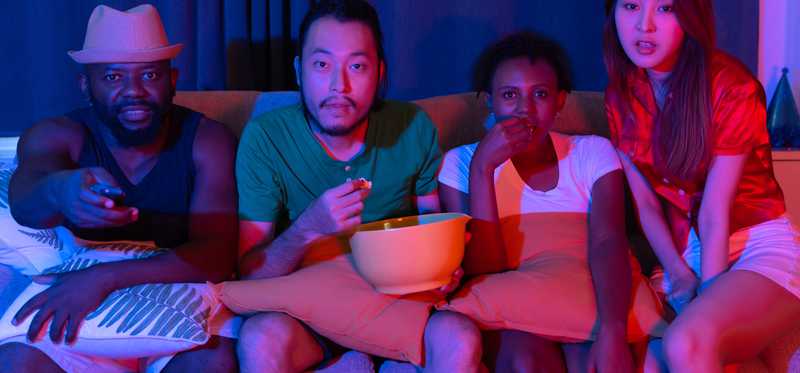
22. MTV (Viacom)
Although it isn't quite as big of a pop culture phenomenon as it was during the 80s and 90s, MTV is still one of the most iconic entertainment brands in the world. The network is part of a group known as Viacom Media Networks, a division of media giant Viacom (Nasdaq: VIA), which also includes the Nickelodeon, Comedy Central, and VH1 networks, among others.
Previous
Next
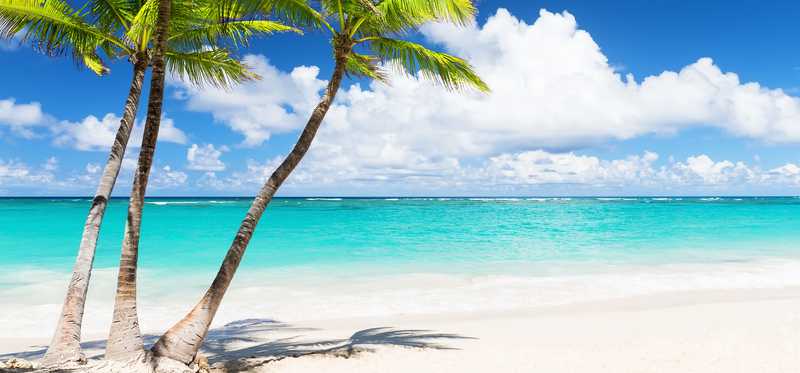
23. Corona (AB InBev)
Belgian-based Anheuser-Busch InBev (NYSE: BUD) is the world's largest brewer and owns more than 500 brands. The company is widely known for being the parent of the Budweiser beer brands, but it might come as a surprise that Corona is also in its product portfolio.
Previous
Next
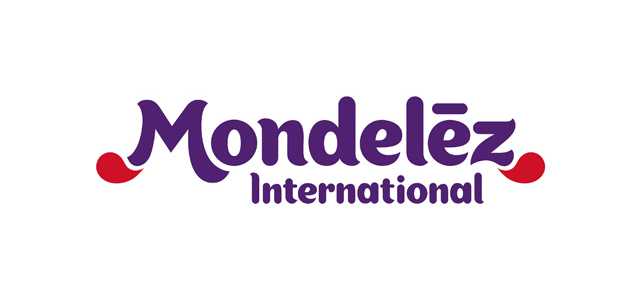
24. Oreo (Mondelez International)
It shouldn't come as much of a surprise that Oreos are the top-selling cookies in the United States. Introduced by Nabisco in 1912, Oreos are now available in over 100 countries in many different varieties.
Nabisco has changed hands several times over the years. In 1985, it merged with R.J. Reynolds Tobacco Company to form RJR Nabisco, and in 2000 Nabisco was acquired by Phillip Morris Companies and was subsequently merged with Kraft Foods. When Kraft decided to split its business into two parts in 2011, the snack food side of the business (including Nabisco) became known as Mondelez International (NASDAQ: MDLZ).
Previous
Next

25. Olive Garden (Darden Restaurants)
Since its founding in 1982, Italian restaurant chain Olive Garden has grown into about 900 locations all around the world.
It may come as a surprise that Olive Garden wasn't a standalone business. It started as a part of General Mills (NYSE: GIS). When General Mills, which also owned Red Lobster, decided to spin off its restaurant business in 1995, the new company became known as Darden Restaurants (NYSE: DRI), which remains Olive Garden's parent to this day.
Previous
Next
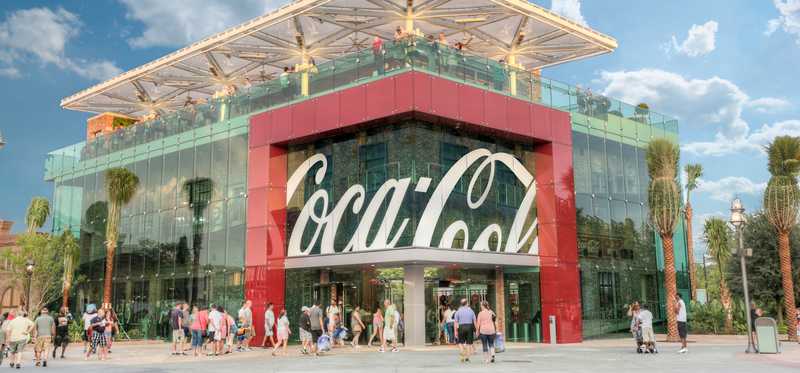
26. Vitaminwater (Coca-Cola)
Vitaminwater launched in 2000 as a product of Energy Brands, which also produced Glaceau Smartwater. The product became wildly popular, and the entire Energy Brands product line (all of which carried the Glaceau name) was purchased by Coca-Cola (NYSE: KO) in 2007 for $4.1 billion.
Previous
Next
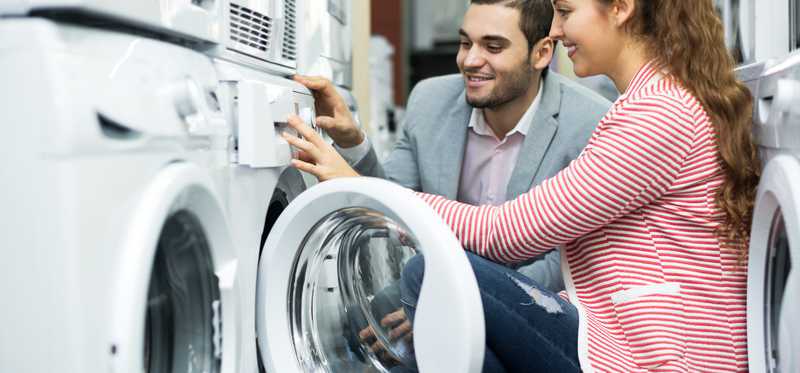
27. Tide (Procter & Gamble)
Consumer goods giant Procter & Gamble owns dozens of popular consumer brands, so it shouldn't be a surprise to see it more than once on this list.
One of the company's most recognizable brands is the Tide family of laundry products, which can trace its origins back to 1946. Unlike many of the company's other brands, however, Tide wasn't an acquisition. Procter & Gamble created Tide as the first detergent specifically designed for heavy-duty machine washing.
Previous
Next
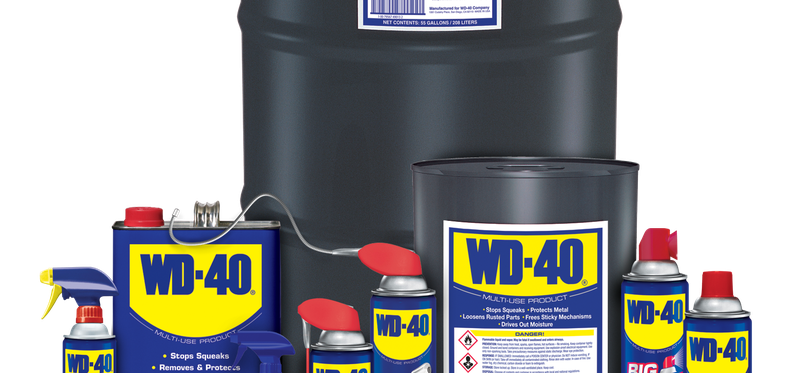
28. WD-40 (itself)
WD-40 (NASDAQ: WDFC) is a product that's found in garages and under sinks in millions of homes around the world, and it is also the name of the public company that sells it. The company owns several other household product brands, but none are nearly as famous as its flagship.
Previous
Next
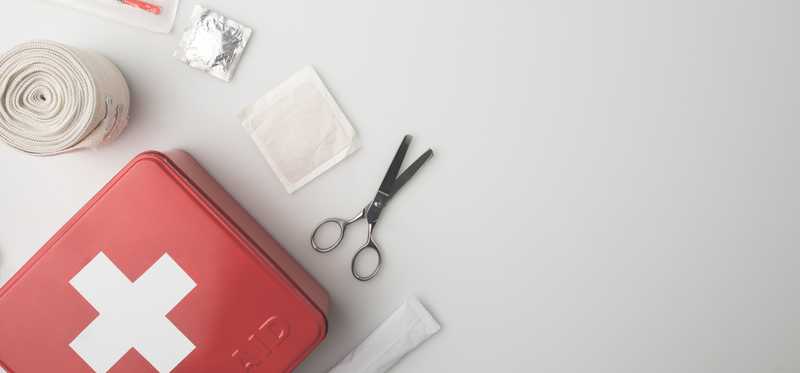
29. Band-Aid (Johnson & Johnson)
Band-Aid brand bandages are so successful that many people don't even know that it's a brand. Like Kleenex tissues, it's become popular to simply say "get me a Band-Aid" when a bandage is needed.
Band-Aid is arguably the most recognizable brand in Johnson & Johnson's massive healthcare product portfolio. And unlike many of the company's other well-known brands, Band-Aid wasn't an acquisition -- the famous adhesive bandages were invented by a Johnson & Johnson employee in 1920.
Previous
Next
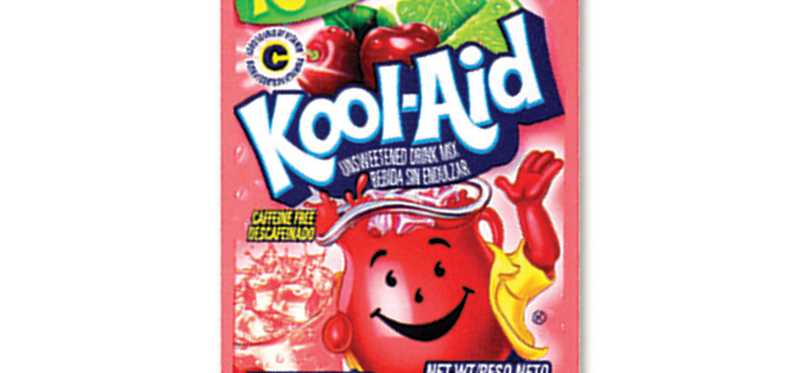
30. Kool-Aid (Kraft Heinz)
Iconic powdered drink mix Kool-Aid was created in 1927 in Hasting, Nebraska. The company moved to Chicago a few years later and ended up being acquired by General Foods in 1953, which was later acquired by Phillip Morris and merged with Kraft. Today, it's part of the massive food empire known as Kraft Heinz (NYSE: KHC).
Previous
Next
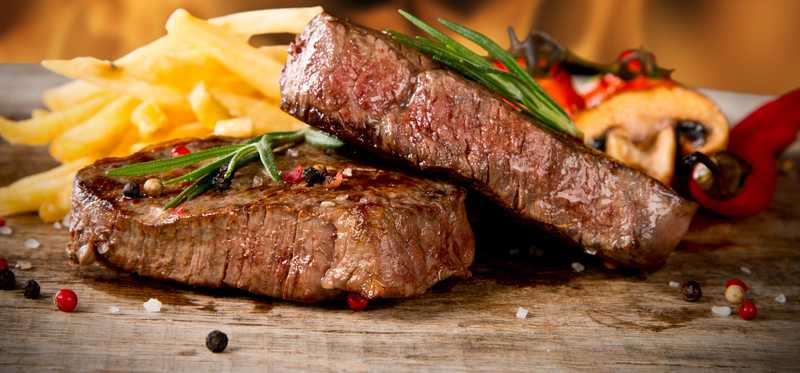
31. Longhorn Steakhouse (Darden Restaurants)
Darden Restaurants was spun off from General Mills in 1995 in order to separate its restaurant business, which at the time included Olive Garden and Red Lobster. Darden added LongHorn Steakhouse to its brand portfolio in 2007, and the chain currently has about 500 locations.
Previous
Next
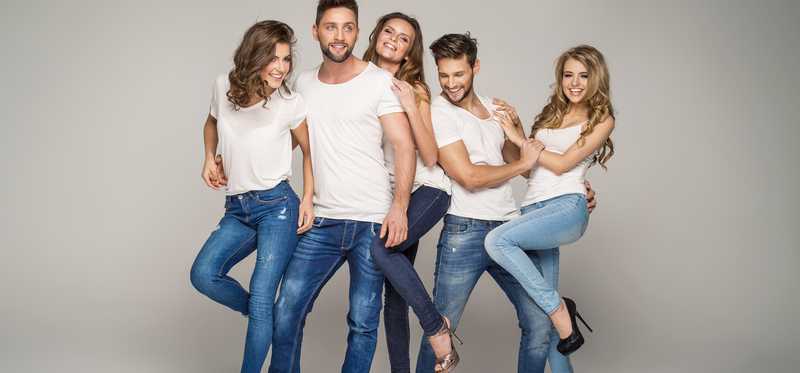
32. Fruit of the Loom (Berkshire Hathaway)
Fruit of the Loom has been manufacturing clothing since 1851, and over the next 150 years or so, it grew into one of the most recognizable makers of underwear and t-shirts in the world. In 2002, Fruit of the Loom was acquired by Warren Buffett-led conglomerate Berkshire Hathaway, which paid about $835 million for the brand.
One interesting tidbit is that Berkshire Hathaway started as a textile manufacturer, and Fruit of the Loom represents perhaps the only remaining aspect of this in the current company.
Previous
Next
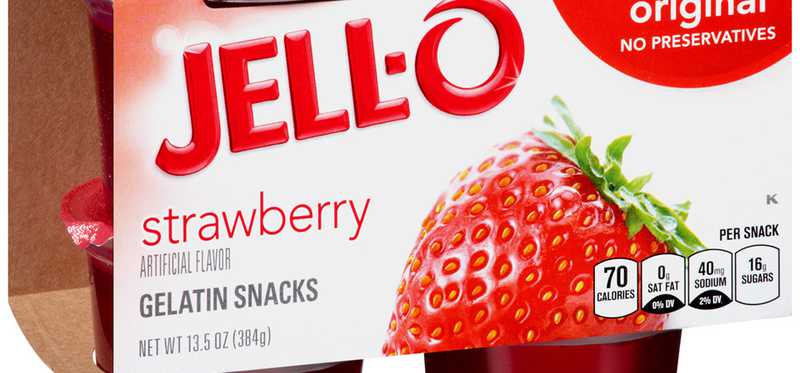
33. Jell-O (Kraft Heinz)
Iconic gelatin dessert Jell-O traces its roots back to 1881 in New York, and the brand name was trademarked by its inventors in 1887. The brand became a part of the General Foods Corporation in 1927 upon its formation and became a part of Kraft Heinz when General Foods was merged with Kraft.
Previous
Next
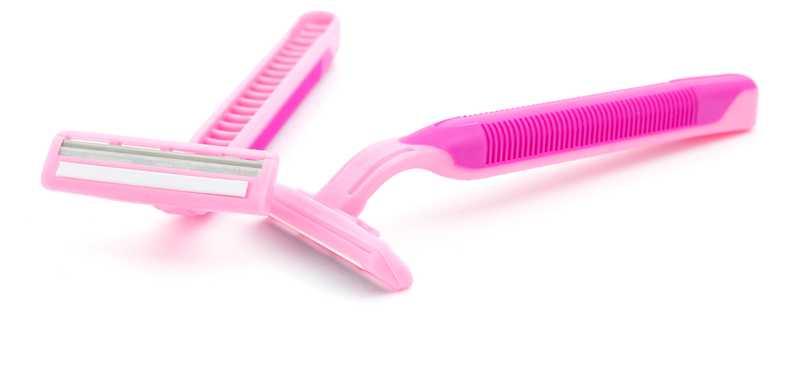
34. Gillette (Procter & Gamble)
Gillette pioneered the safety razor in the early 1900s and operated successfully as an independent company for more than 100 years. Finally, after several failed takeover attempts by other would-be buyers over the years, Gillette merged with Procter & Gamble in 2005.
Previous
Next
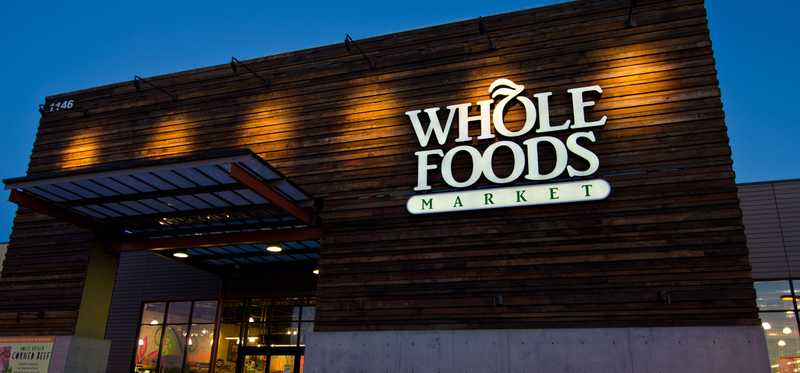
35. Whole Foods (Amazon)
Amazon has made several acquisitions, but none even come close to the size of its purchase of Whole Foods. The acquisition by the tech giant for $13.7 billion was finalized in 2017, and its 500+ stores immediately gave online retail giant Amazon a massive physical presence throughout the United States.
ALSO READ: What's Going on With Amazon's Whole Foods' Pricing?
Previous
Next
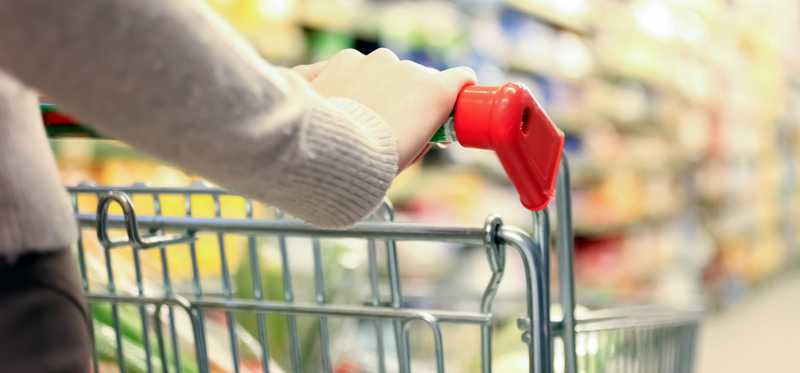
There are many more
This is just a small fraction of the many everyday products and services Americans use that are owned by publicly traded companies. While some consumer product companies are privately held, you might be surprised how many of your favorite products and services you could potentially invest in.
John Mackey, CEO of Whole Foods Market, an Amazon subsidiary, is a member of The Motley Fool’s board of directors. Suzanne Frey, an executive at Alphabet, is a member of The Motley Fool’s board of directors. Teresa Kersten, an employee of LinkedIn, a Microsoft subsidiary, is a member of The Motley Fool’s board of directors. Matthew Frankel, CFP owns shares of Apple, AT&T, and Berkshire Hathaway (B shares). The Motley Fool owns shares of and recommends Alphabet (A shares), Alphabet (C shares), Amazon, Apple, Berkshire Hathaway (B shares), Match Group, Microsoft, and Walt Disney. The Motley Fool is short shares of Clorox, Conagra Brands, and Procter & Gamble and has the following options: long January 2021 $60 calls on Walt Disney, short October 2019 $125 calls on Walt Disney, long January 2021 $200 calls on Berkshire Hathaway (B shares), short January 2021 $200 puts on Berkshire Hathaway (B shares), short January 2020 $155 calls on Apple, long January 2020 $150 calls on Apple, short January 2020 $155 calls on Apple, long January 2020 $150 calls on Apple, and long January 2021 $85 calls on Microsoft. The Motley Fool recommends Comcast, Johnson & Johnson, and Nestle. The Motley Fool has a disclosure policy.
Previous
Next
Invest Smarter with The Motley Fool
Join Over Half a Million Premium Members Receiving…
- New Stock Picks Each Month
- Detailed Analysis of Companies
- Model Portfolios
- Live Streaming During Market Hours
- And Much More
READ MORE
HOW THE MOTLEY FOOL CAN HELP YOU
-
Premium Investing Guidance
Market beating stocks from our award-winning service
-
The Daily Upside Newsletter
Investment news and high-quality insights delivered straight to your inbox
-
Get Started Investing
You can do it. Successful investing in just a few steps
-
Win at Retirement
Secrets and strategies for the post-work life you want.
-
Find a Broker
Find the right brokerage account for you.
-
Listen to our Podcasts
Hear our experts take on stocks, the market, and how to invest.
Premium Investing Services
Invest better with The Motley Fool. Get stock recommendations, portfolio guidance, and more from The Motley Fool's premium services.